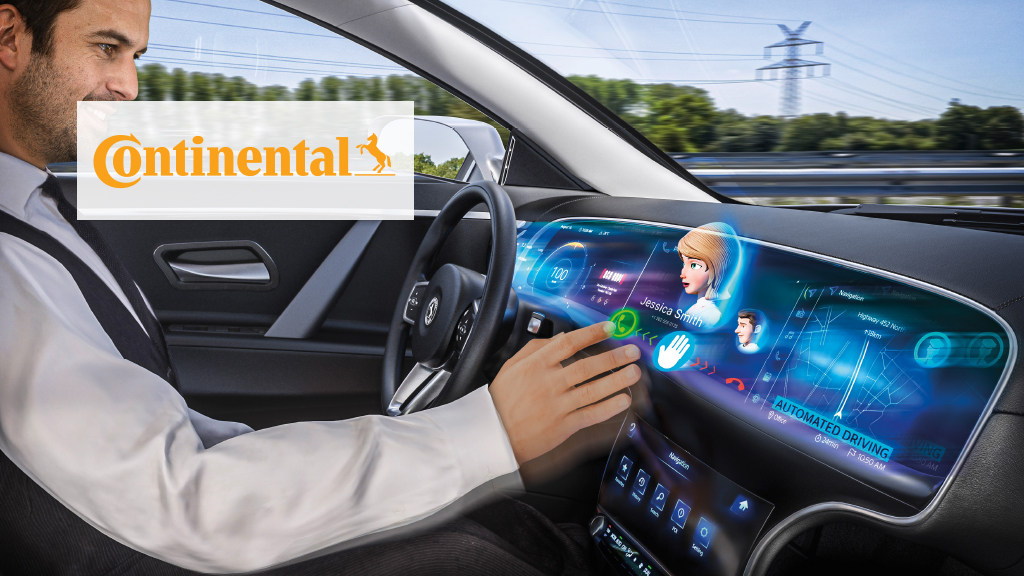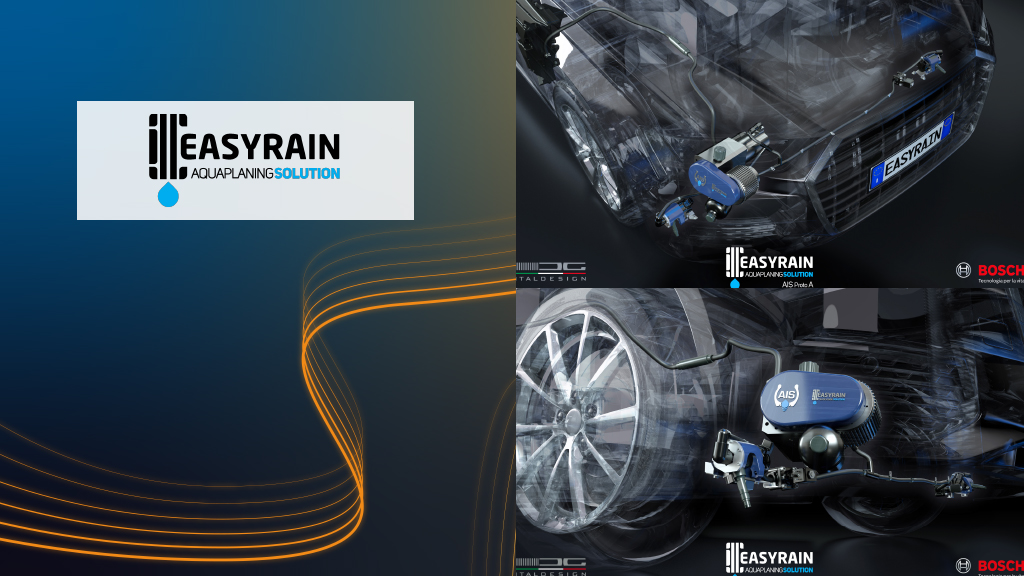Virtual Sensors
Making connected things smart
A sensor measures a value or detects a change in state; Temperature, pressure, torque, weight, humidity, rotation etc. Multiple sensor values are usually combined, especially for the purposes of driving assistance, to create a more comprehensive picture. However, sometimes, the environment where you need to install a physical sensor is too hostile or hard to deploy in, or the cost is more than you would like. Well then, how do you manage if you cannot measure a particular value directly? By combining other value detections, it can be possible to calculate the variable you wanted. A virtual sensor is like a digital twin that can replace or complement a physical sensor.
Edge Machine Learning is excellent at predicting sensor values. It learns by using other available data, saving on expensive or redundant sensors, and obtaining data where it would otherwise be impossible due to physical limitations. Ekkono makes it possible tto do incremental learning at the edge, which means that the machine learning model continuously gets better, and more personalised as it is fed with sensor data while in production. The benefit of machine learning is that it learns from data instead of a developer having to program every alternative scenario. This makes virtual sensors a good example for using machine learning since most machines and vehicles operate in different environments and with unique configurations.
By learning individually for each device, edge machine learning enables connected things to become smart. Self-optimisation of an engine based on driver patterns and road conditions, predictive maintenance on brakes based on where and how a car is driven or smart battery management to give the driver an estimate of remaining range. Opportunities are endless for this technique and expands beyond just automotive. Interconnected electronic devices are weaved into the fabric of our lives.
 Back
Back


